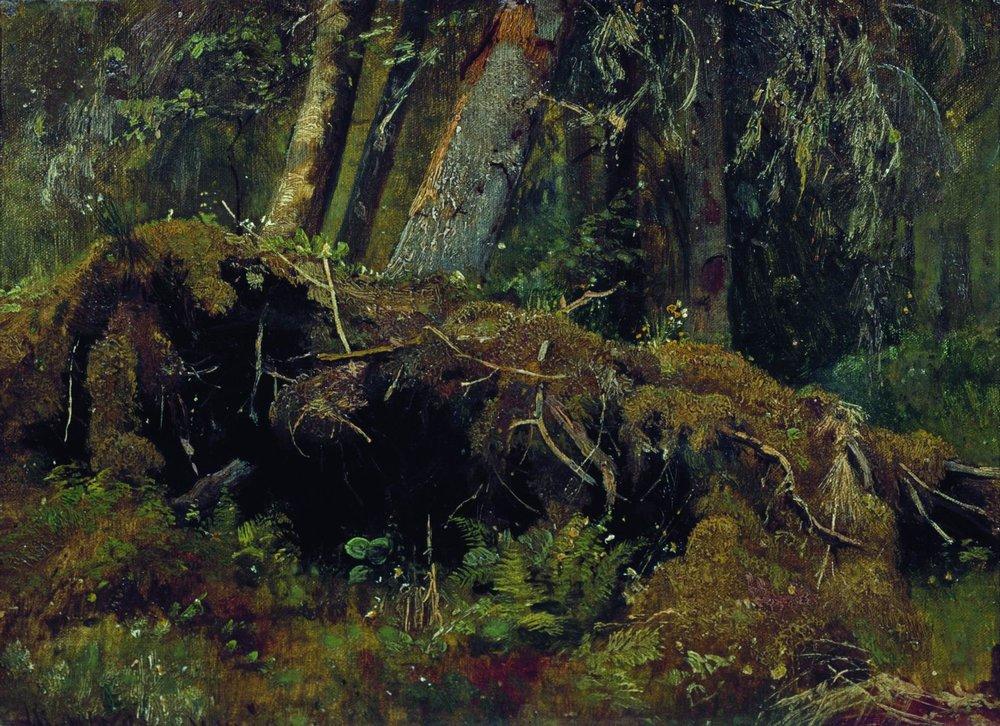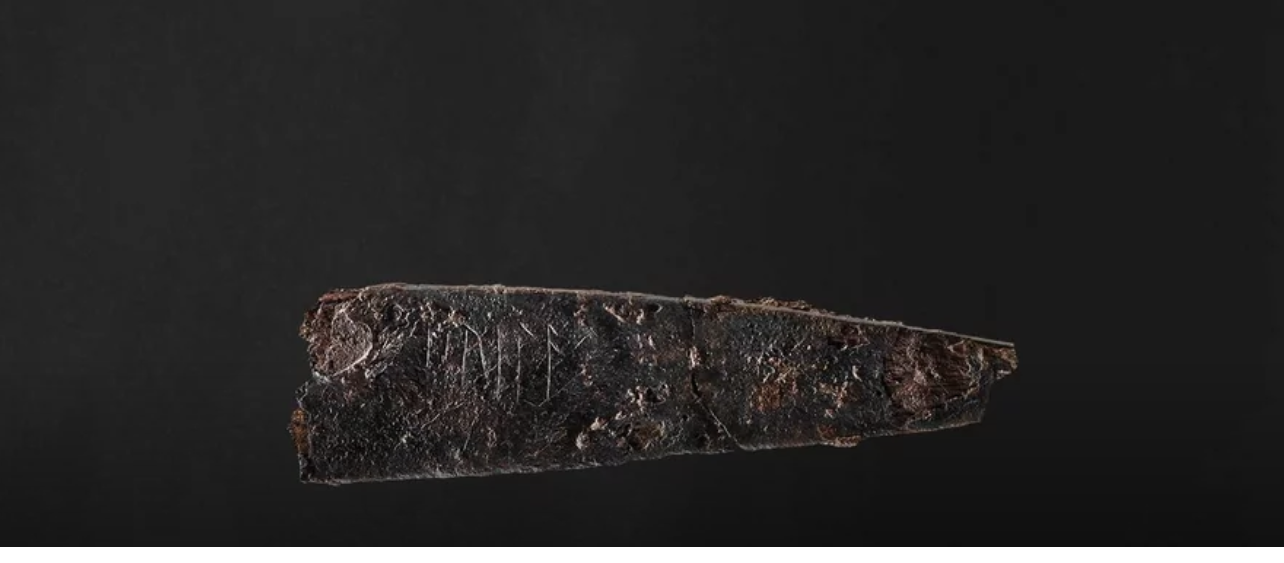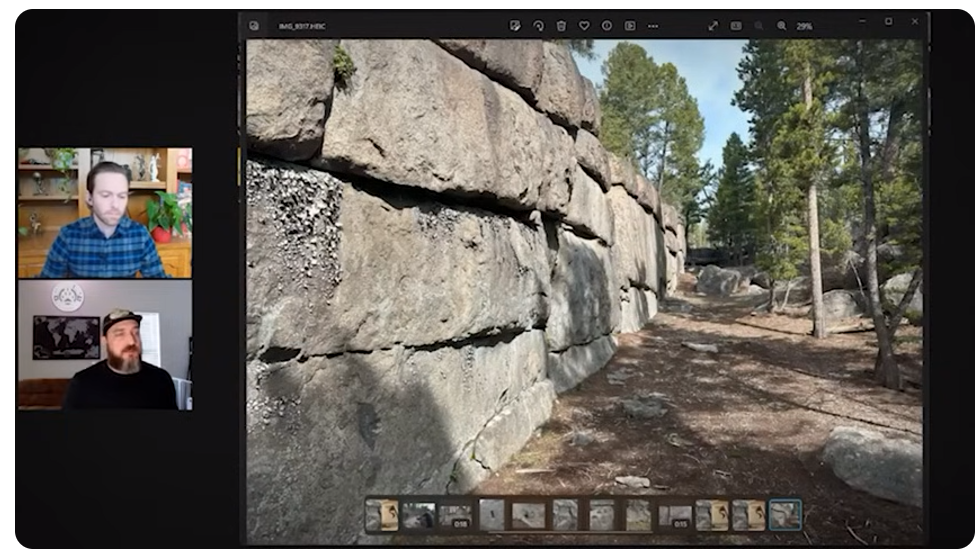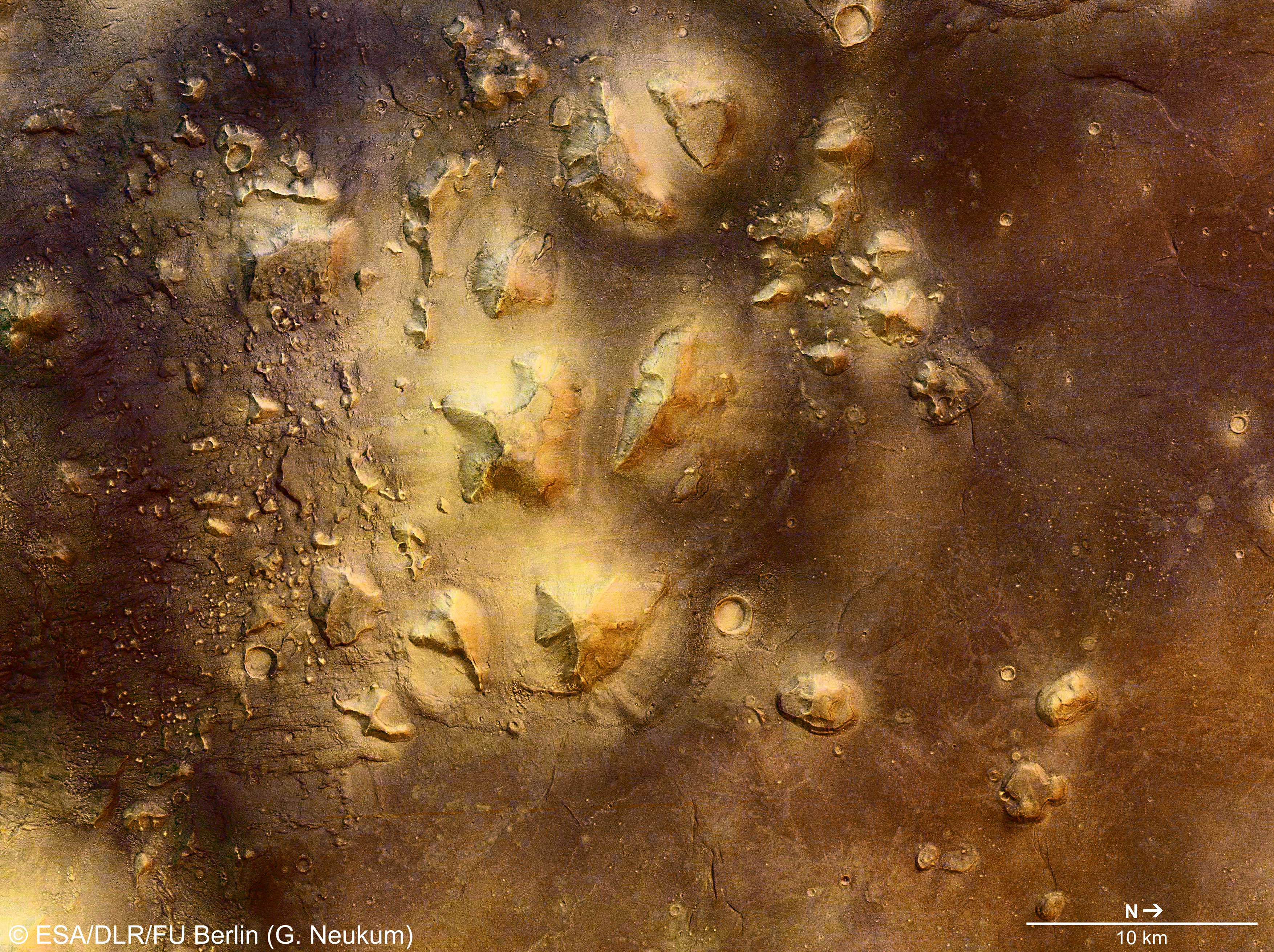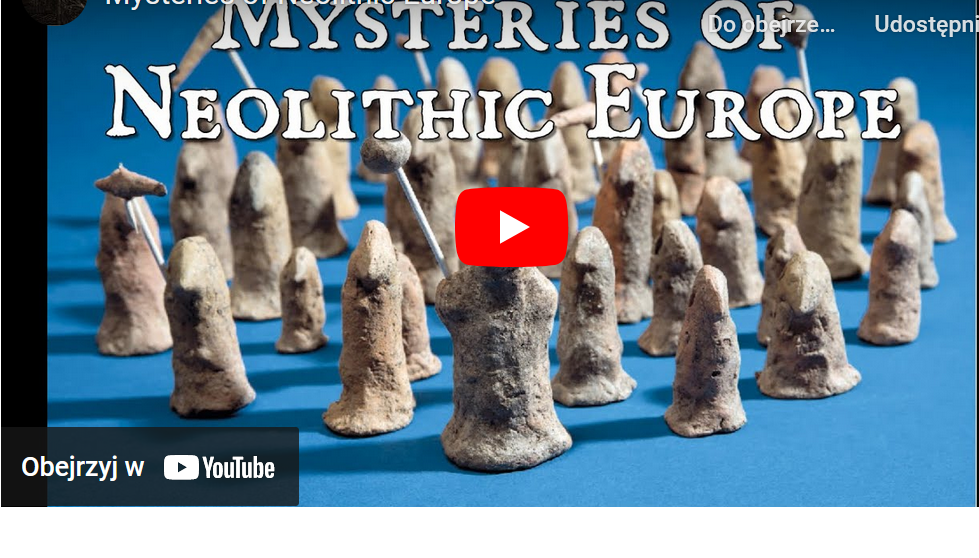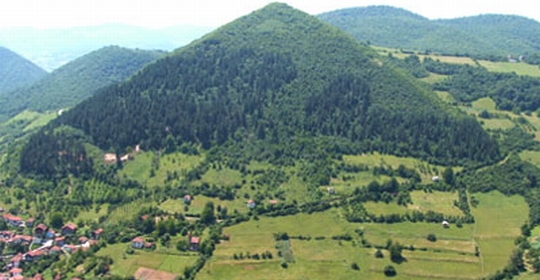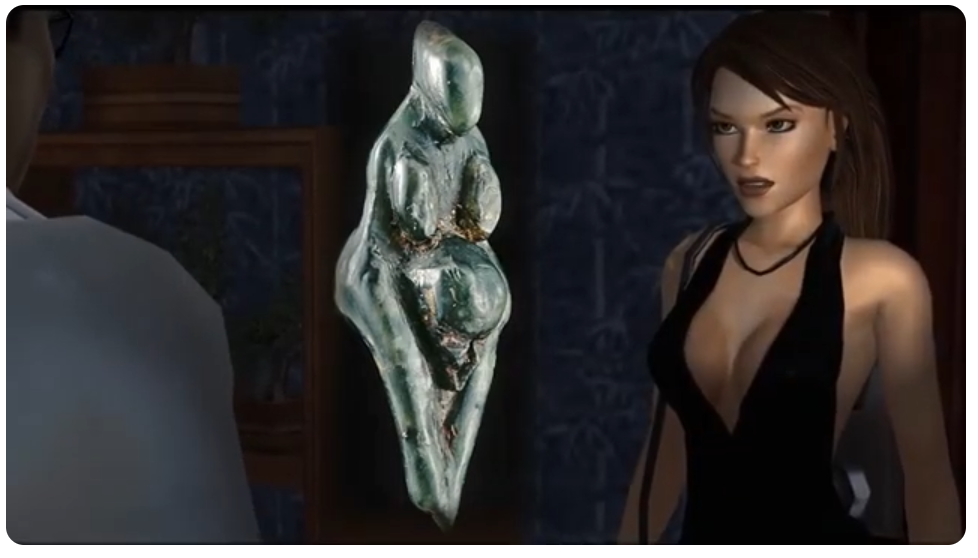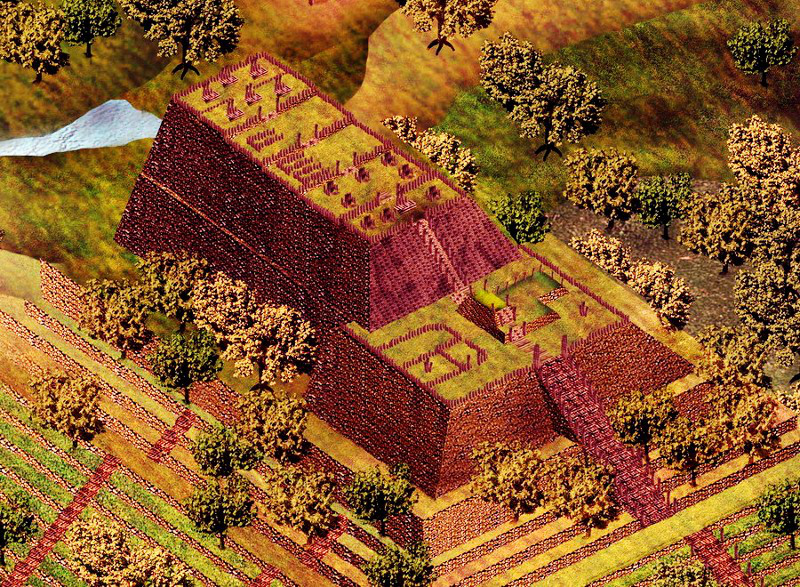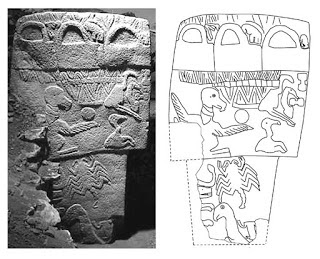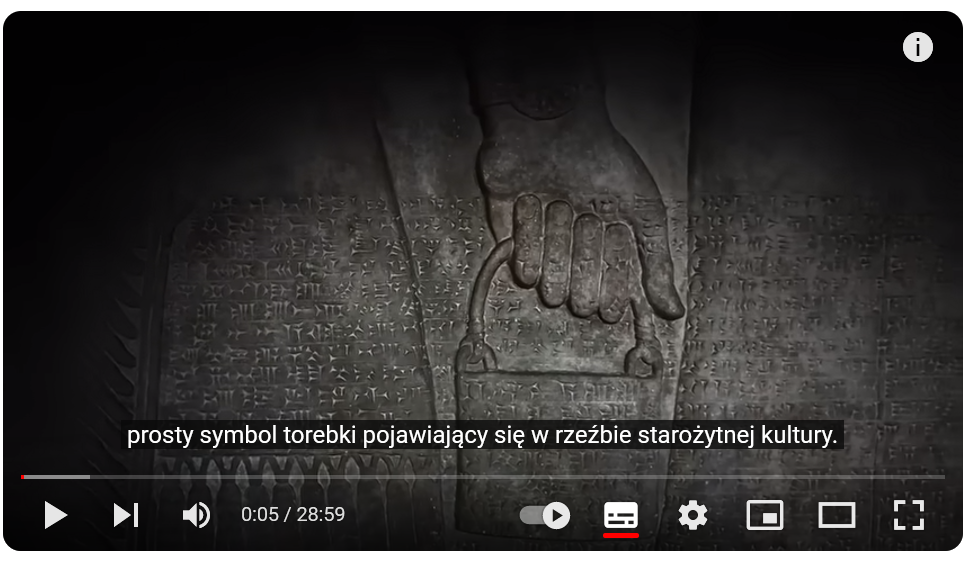Starożytna Puszcza / Ancient Forest (English Subtitles) III sezon badań archeologicznych Zaborowa
Wpisy otagowane: archeologia
Toruń/ Na placu budowy ECF Camerimage odkryto fundamenty budynku z XIV wieku (wątek wendyjski)
Toruń/ Na placu budowy ECF Camerimage odkryto fundamenty budynku z XIV wieku
Od Unicorna
 Podczas realizacji prac związanych z budową Europejskiego Centrum Filmowego Camerimage w Toruniu odkryto fundamenty budynku z XIV wieku — być może magazynu towarów. Relikty najprawdopodobniej zostaną rozebrane, a część może być przeniesiona i eksponowana w innej części gmachu ECFC.
Podczas realizacji prac związanych z budową Europejskiego Centrum Filmowego Camerimage w Toruniu odkryto fundamenty budynku z XIV wieku — być może magazynu towarów. Relikty najprawdopodobniej zostaną rozebrane, a część może być przeniesiona i eksponowana w innej części gmachu ECFC.
Onet: Takie odkrycie zdarza się raz na sto lat. Najstarszy napis runiczny w Danii
Takie odkrycie zdarza się raz na sto lat. Najstarszy napis runiczny w Danii
Archeolodzy z Muzeum Odense znaleźli najstarszy na terenie Danii napis runiczny. Został on wydrapany na ostrzu noża, na który natrafiono w niewielkim pochówku urnowym.
Focus: Zagadkowe znalezisko w Europie. Szczątki samotnego Sarmaty znalazły się daleko od domu
„Zagadkowe znalezisko w Europie. Szczątki samotnego Sarmaty znalazły się daleko od domu”
Od Poli Dec
 Rekonstrukcja wyglądu Sarmaty przez AI / SI
Rekonstrukcja wyglądu Sarmaty przez AI / SI
Nie jest niczym zaskakującym ani nowym obecność na początku nowej ery Sarmatów na Wielkiej Wyspie, czyli późniejszej Brytanii. Ale warto przypomnieć, że nasi przodkowie w tamtych czasach na owej „wysepce” już bywali i to dosyć licznie (zresztą wspomina o tym tekst artykułu w2 związku z Markiem Aureliuszem), a ich siedziby wcale nie znajdowały się tak daleko jak sugeruje to ten artykuł ponieważ skądinąd wiemy że Języci – czyli plemię określane przez naukę jako SARMACKIE miało swoje siedziby w II wieku n.e. w Sudetach i na Nizinie Panońskiej, czyli w tym samym czasie o którym tutaj mowa, znajdowało się całkiem niedaleko.
Królestwo Północy, czy jak kto woli Wielka Lechia tamtego okresu, albo bardziej ściśle Wspólnota Słowiano-Aryjska sięgała od Renu po Ural i za Ural oraz od wybrzeży Bałtyku i morza Północnego za Kaukaz, zatem nic dziwnego że ten człowiek który jako dziecko mieszkał w rejonie Kaukazu znalazł się w Europie. Być może zamieszkał z rodzicami i dorastał właśnie wśród Języtów z Sudetów (Jazygów – jak ich zapisują pisarze starożytni z Rzymu i Grecji) skąd zamustrowano cesarskie oddziały sarmackie na służbę Rzymowi.
Nie przejmujcie się też wstawkę w której autor artykułu pisze co o Sarmatach piszą współcześni HISTORYCY. Otóż w tej chwili liczy się nie to co mówią HISTORYCY lecz to co o Sarmatach mówią GENETYCY – a ci mówią że byli to nasi przodkowie o Y-DNA R1a1a.
Onet/Newsweek: Skąd wywodzą się Słowianie? Najnowsze odkrycia pozwalają to zrozumieć
Skąd wywodzą się Słowianie? Najnowsze odkrycia pozwalają to zrozumieć
Od Poli Dec
Na bazie pracy prof. Marka Figlerowicza różne pseudodziennikarzyny wypisują teraz różne niespójne bzdury, ale mimo że nie ma to specjalnej wartości dla nas tutaj zgromadzonych, to dla zwyczajnych czytelników Onetu, Newsweeka i odbiorców innych banksterskich mediów masowych ma to wartość DOWODU NAUKOWEGO NA STAROŻYTNOŚĆ SŁOWIAŃSKICH KULTUR W EUROPIE, a dla tych najbardziej upartych wyznawców pseudonauki którzy wciąż kwestionują tu u nas w Polsce np na UJ i UP i UW rdzenność Europejską Słowian od starożytności są takie artykuły po prostu sztyletem wbitym wprost, nie w plecy, a w pierś ich narracji o Bagnach Prypeckich. Widzę jednak że ten VI wiek n.e. wciąż pokutuje – jako niby pustka osadnicza, a właśnie w tej chwili coraz więcej odkryć potwierdza że tej PUSTKI nie było bo była ciągłość – To tak naprawdę napisał prof. M. Figlerowicz, a nie to co dziennikarz pisze w tym artykule podpierając się Figlerowiczem i Urbańczykiem.
CB
Ciekawostki i inne dziwy: Starożytna Cywilizacja czy Zjawisko Przyrodnicze? – Mur Mędrca w Ameryce Północnej
Universe Inside You: Evidence That Mars Was Inhabited By A Lost Civilization (Dowody na to, że Mars był zamieszkany przez zaginioną cywilizację)
Evidence That Mars Was Inhabited By A Lost Civilization
Włącz napisy i tłumaczenie automatyczne na język polski
Interia: Katarzyna Adamczak – To odkrycie wprawiło archeologów w zdziwienie. Nieznany słowiański kult
Study of Antiquity and the Middle Ages: Mysteries of Neolithic Europe
Mysteries of Neolithic Europe
Oto vinczańskie figurki sprzed 5000 lat do gry – moim skromnym zdaniem w Czarturę (Czar Tura / Car Tur), czyli w najstarszą na świecie, słowiano-aryjską / vinczańską wersję szachów (o czym piszę w Księdze Tanów), zwaną w sanskryckich Indiach Czaturanga lub u Tajów Makruk, u Persów /Parnów Szatrań, a opisaną po raz pierwszy w Mahabharacie około 500 roku p.n.e..
Figurki perskie
Universe Inside You: Bośniackie piramidy Tajemnicze moce elektromagnetyczne i lecznicze
Innym Tropem: Wenuski i Tabliczka Wenus z Jaskini Stajnia
Universe Inside You: Odkrycie tej Piramidy Zmienia Całą Historię – Gunung Padang
Odkrycie tej Piramidy Zmienia Całą Historię – Gunung Padang
Włączcie napisy i automatyczne tłumaczenie na język polski.
Universe Inside You: Cywilizacja Podziemna Która Przetrwała Kataklizm 12 000 Lat Temu
Cywilizacja Podziemna Która Przetrwała Kataklizm 12 000 Lat Temu
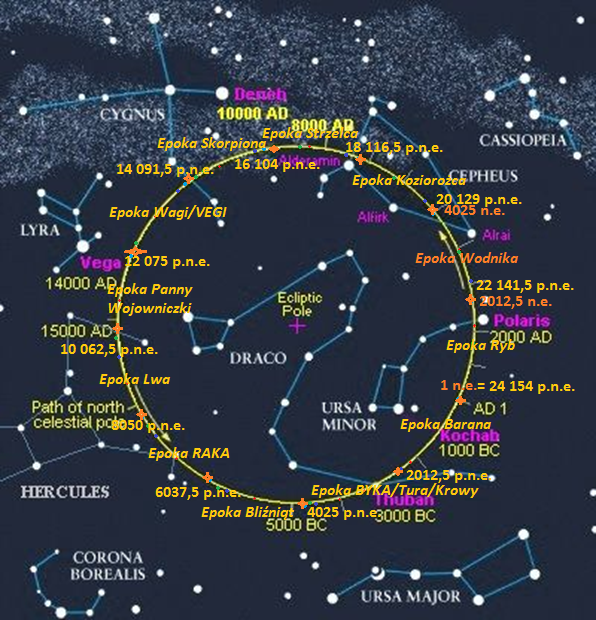 A więc Kataklizm wywołany upadkiem Ciała Kosmicznego – Komety ktora wybuchła w atmosferze Ziemi miał miejsce w Epoce Panny-Wojowniczki (która trwała od 12 075 r. do 10 062 r p.n.e.). Zdarzyło się to pod jej koniec, około 10 950 – 10 760 roku p.n.e., wywołało Epokę Lodowcową Młodszego Dryasu trwającą 1300 lat (od 10 900 do 9 600 r. p.n.e.) lub w Epoce Lwa około 9 600 p.n.e..
A więc Kataklizm wywołany upadkiem Ciała Kosmicznego – Komety ktora wybuchła w atmosferze Ziemi miał miejsce w Epoce Panny-Wojowniczki (która trwała od 12 075 r. do 10 062 r p.n.e.). Zdarzyło się to pod jej koniec, około 10 950 – 10 760 roku p.n.e., wywołało Epokę Lodowcową Młodszego Dryasu trwającą 1300 lat (od 10 900 do 9 600 r. p.n.e.) lub w Epoce Lwa około 9 600 p.n.e..
[Włączcie napisy i automatyczne tłumaczenie na język polski.]
Underground Passion: Wielkie średniowieczne pobojowisko okryte na terenie Polski -Odcinek 1
Universe Inside You: Torebki Bogów Skrywają SZOKUJĄCE Tajemnice
Torebki Bogów Skrywają SZOKUJĄCE Tajemnice
Włączcie napisy i automatyczne tłumaczenie na język polski.

